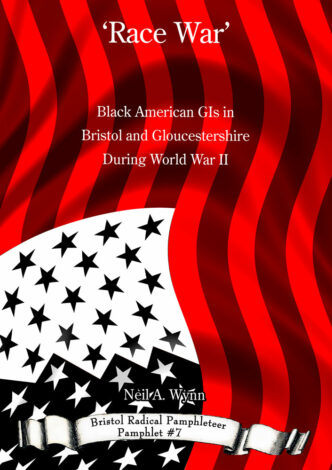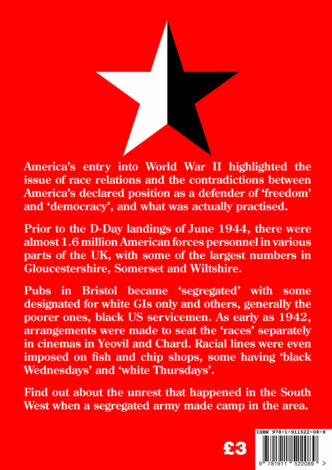America’s entry into World War II immediately served to highlight the issue of race relations and the contradictions between America’s declared position as a defender of “freedom” and “democracy,” and what was actually practiced. Prior to the D-Day landings of June 1944, there were just under 1.6 million American forces personnel located in various parts of the U.K, with the largest numbers gathered in the southwest. The pubs in Bristol were segregated with some serving whites only, others, generally poorer ones, blacks only. As early as 1942 arrangements had been made to seat the ‘races’ separately in cinemas in Yeovil and Chard. Even fish and chip shops operated on racial lines or used black Wednesdays and white Thursdays.
Find out about the unrest that happened in Gloucestershire and Bristol when a segregated army made camp there.
Neil Wynn is Professor of 20th Century American History at the University of Gloucestershire.







I watched “Coast” on TVO Saturday night (July4/2015) and was horrified to learn of the segregation of the white and black GI’s. I am 84, lived on Kingsdown Parade, then Montrose Park, Brislington. Emigrated to Canada 57 years ago. I remember many of the GI’s in Brislington – all white – I would like to know where the black GI’s lived? We were unable to have a GI in our house as there were 5 of us, there was no room.
I am a Fulbright scholar, being hosted by Cardiff University. I am here trying to determine the number and names of the GI Brides from Butetown (in Cardiff, Wales).
Between 1942-1952 about one million War Brides emigrated from 50 different countries to the United States “for the love of an American soldier’”. Homesick servicemen would seek the attention of British women for companionship and marriage. Of the one million War Brides that came to the U.S.: 100,000 thousand were British; and an estimated 75-100 women were Welsh War Brides from Cardiff. This tribe of GI War Brides, of mixed ethnicity from Butetown, has not had their history recorded for future generations. To leave out the rich stories of these women would deny a legitimate perspective from these eye-witnesses to World War II and the GI bride experience. Unless we document their emigrant experiences to the U.S., then these memories could be absent from the local history forever.
I would love to interview you very soon and wish you’d contact me at your earliest convenience since your expertise speaks to the issue in a very nuanced way. I can reach via email vlhjackson@comcast.net or hill-jacksonv1@cardiff.ac.uk or (phone) 07942849527.
I look forward to hearing from you soon!